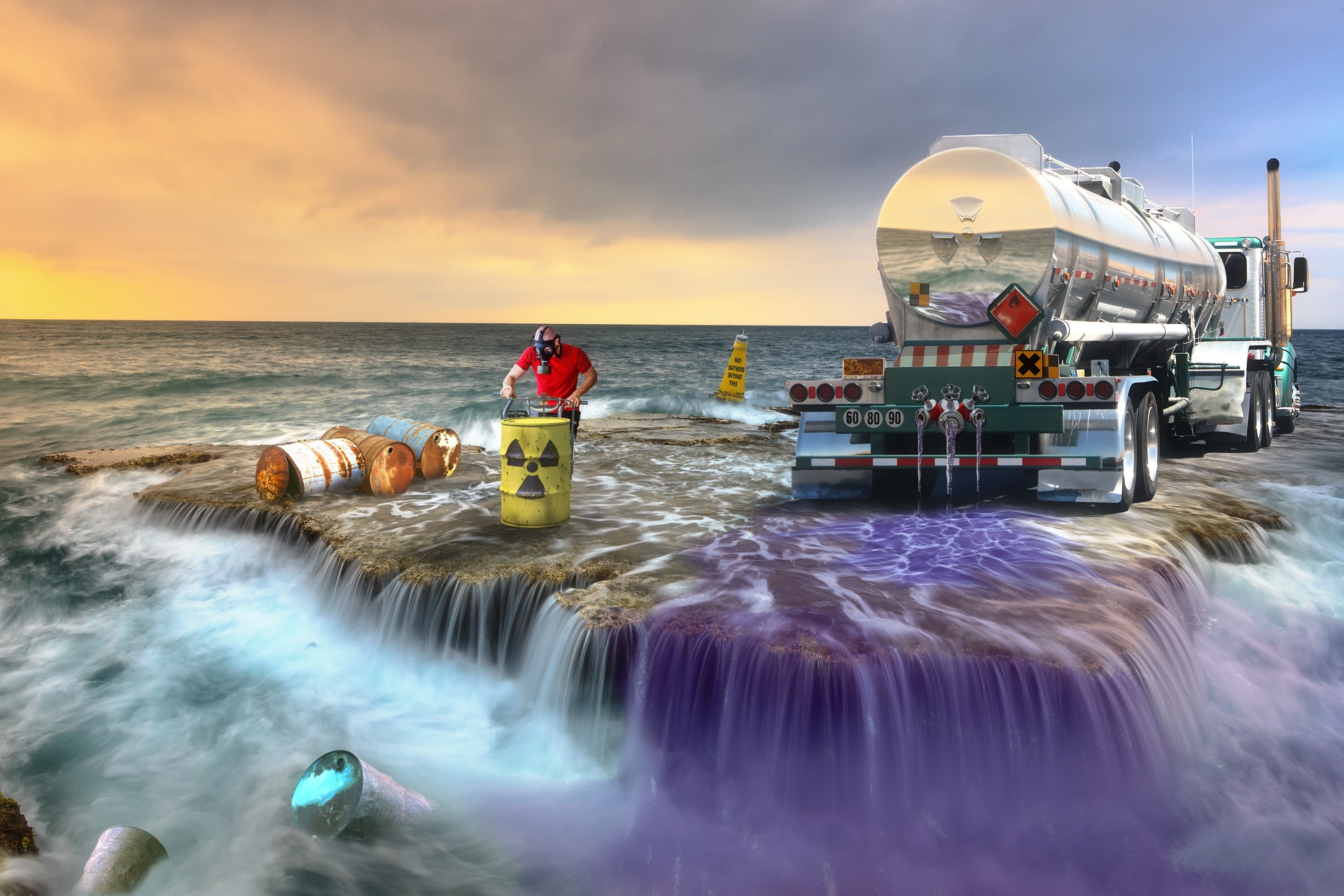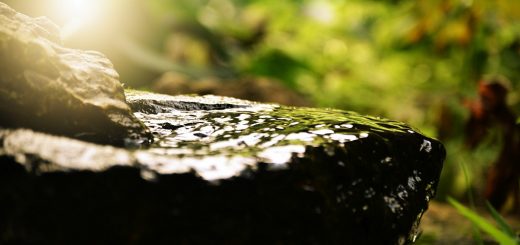Ocean Acidification. How does Climate Change affect aquatic life?

Author: Anatolia College
Ahiler Secondary School
Summary
| Lesson Plan SummaryThis lesson plan aims to introduce students to climate change and how it affects life under the sea. Green chemistry principles will be introduced to students. They will understand how to interpret scientific data from charts and discuss common misconceptions about climate change. In the laboratory, they will learn about ocean acidification and its impact on marine life. | |
| Subject | Green Chemistry and Green Engineering&Robotics |
| Topic | Ocean Acidification |
| Age of the students | High School- age 16-18 |
| Preparation Time | Minutes |
| Teaching Time | Minutes |
| Online teaching material (Links for online teaching material) | Introduction to Green Chemistry: The Science of Solutionshttps://blossoms.mit.edu/videos/lessons/introducing_green_chemistry_science_solutionshttps://ocean.si.edu/ocean-life/invertebrates/ocean-acidification |
| Offline teaching material | https://www.beyondbenign.org/bbdocs/pdfs/Lactic_Acid_Titration_Extension.pdf “12 Principles of Green Chemistry” from Figure 4.1: (p.30). 12 Principles of Green Chemistry from Green Chemistry: Theory and Practice (1998) by Anastas P and Warner J. By Permission of Oxford University Press.American Chemical Society Green Chemistry InstituteEPA Green ChemistryBeyond Benign |
Aims of the Lesson
At the end of this course, students will:
1) Learn about Green Chemistry
2) Learn about Climate Change
3) Learn how to interpret data in charts
4) Follow the Scientific Method
5) Learn about ocean acidification
Trends
Problem Based learning, Collaborative Learning
Activities
| Name of the activity | Process | Time |
| Introduction to Green Chemistry | Begin the class with introductory questions: What does a chemist do? What are some chemical products? What do you think of when you hear the words “Green Chemistry”? What is environmental science?Students can watch the introductory video… ( MAKE A VIDEO )Students will be introduced to the 12 Principles of Green Chemistry. Activity: Think about what Green Chemistry means to you. Present the 12 principles in your own words.Students will be divided into groups. Each group will be assigned a green Chemistry principle and asked to present it to their classmates with a sketch, a drawing or even a song. | 45 min |
| İklim değişikliği bilgisi | Students collaborate to answer a kahoot quiz on misconceptions about climate change.https://www.cbsnews.com/news/climate-change-myths-what-science-really-says/Students read and discuss the article https://scied.ucar.edu/shortcontent/what-earth-does-climate-change-impactStudents match graphs showing characteristics of observed climate change with statements describing the observations. ://scied.ucar.edu/activity/climate-impacts-graph-matching | 45 min |
| Lab work 1 : Ocean acidification in a container | Introduce students to ocean acidificationhttps://www.britannica.com/science/ocean-acidification Experiment 1.Fill a glass with soda (carbonated water) and a glass with water. Ask students to measure the pH of each glass. Experiment 2Fill a glass with water and a glass with sea water (dissolve 32 g of table salt in 1 liter of water instead of sea water.) Measure the pH of each glass. Take a straw and blow the water out of the glasses for 30 seconds, repeat the pH of each glass for up to 120 minutes, stopping to measure the pH every 30 seconds. | 90 min |
| Lab Work2 : How does ocean acidification affect aquatic life? | Ocean acidification can adversely affect aquatic life, causing the dissolution of the shells and skeletons of organisms made of calcium carbonate. Experiment: take two glasses Fill one with water and one with white vinegar. Find two similar pieces of shell, e.g. from a mussel. Put one in water and one in vinegar. Leave the peels for 24 hours and then compare. | 45 min |
| Dreaming the future: What can we do to protect aquatic life? | Students create a storybook using https://storymaps.arcgis.com/, with graphics, information on climate change and how to protect aquatic life. | 45 min |
| Explanation | Measuring PHMalzemeler1. Arduino UNO2. Ph sensor3. Jumper cables4.1 glass of water 1 glass of soda 1 glass of salt water Data to be obtainedpH changes in water, soda and salt water ExpectationsIt is expected that the pH value of pure water will be 7, the pH value of soda will be between 2-3, and the pH value of sea water will be between 9-10. | |
| Elaboration | Measuring Ph Aim:Observing how the pH values of various liquids change with our own robotic circuit Making circuit connections We connect the VCC pin of our Ph sensor to the 5V pin of our card (Black jumper in the picture), we connect the GND pin to the GND pin of our card (Red jumper in the picture), we connect the Aout pin to the A0 analog pin of our card. It is important to soak the pH sensor in pure water before using it to neutralize the probe. Putting the probe back into pure water after each immersion in the liquid and waiting for a while will also allow us to obtain more accurate results. Coding the program Since the measurement process will run throughout the program, all blocks are in a continuous repeat loop. We define a ph variable to hold the data from analog pin 0. This variable is set to zero when the program starts running. The value from A0 is measured 6 times and a delay of 1 millisecond is given between each measurement. Since 6 measurements are made, the arithmetic average of these measurements is taken and the pH is divided by 6. The measured data is analog data between 0-1023. If we consider that this corresponds to an energy between 0-5V received by the arduino, it is 1023/5=204.6. We divide the average pH by 204.6. Considering the pH value in the range of 0-7, since the middle is 3.5, the value found is multiplied by 3.5 to achieve voltage pH conversion. Our pH meter will show us the pH values of liquids numerically in the serial monitor section of the Mblock program, together with these calculations. |





